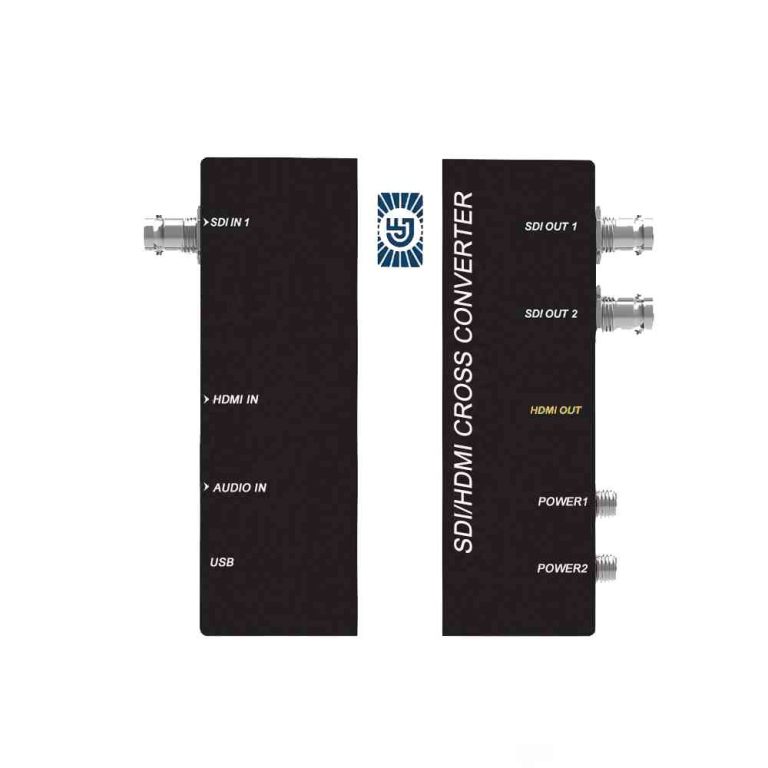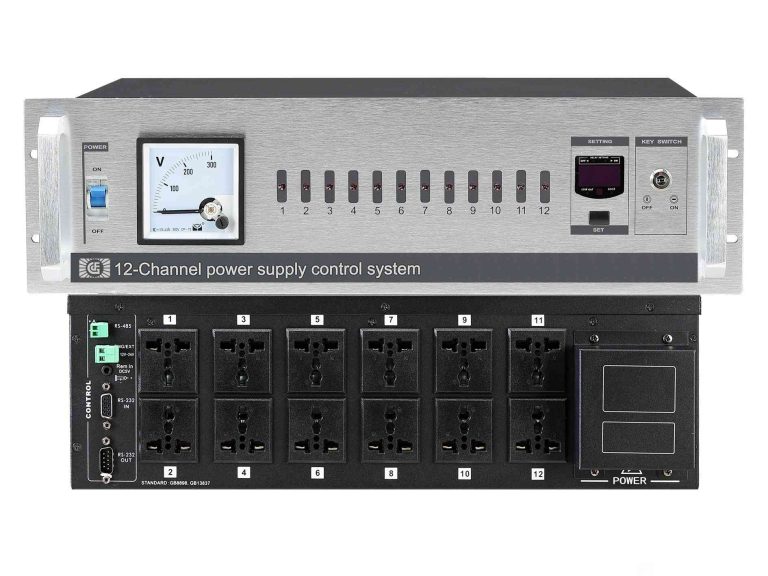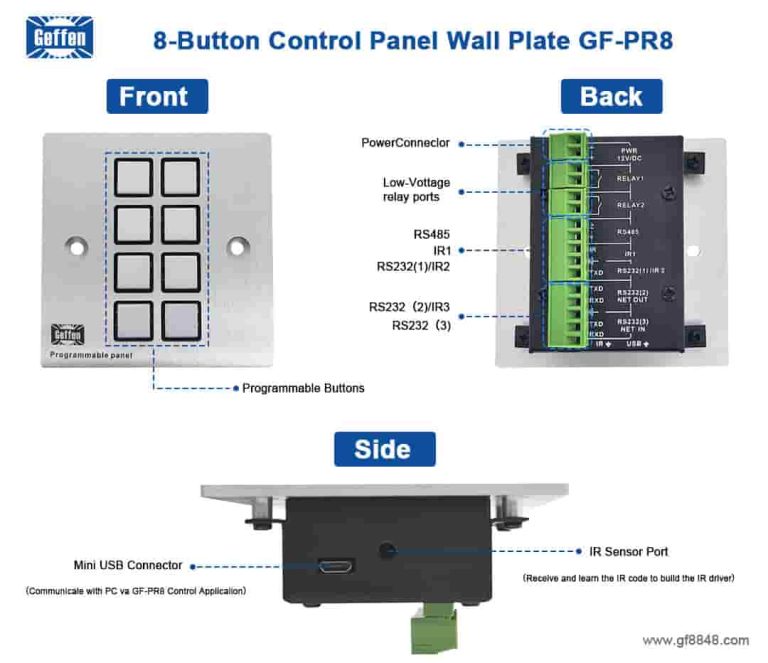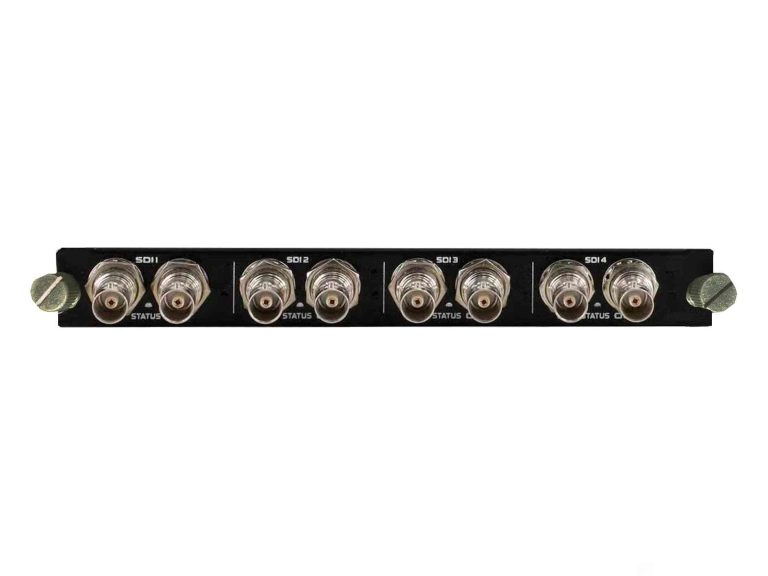Table of Contents
Benefits of Using Embedded Flip Screens in Control Panels
Embedded flip screens in control panels have become increasingly popular in various industries due to their numerous benefits. These innovative screens offer a range of advantages that can enhance efficiency, productivity, and user experience. In this article, we will explore the benefits of using embedded flip screens in control panels.
One of the key advantages of embedded flip screens is their space-saving design. Traditional control panels often require separate screens or monitors, which can take up valuable space. Embedded flip screens, on the other hand, are integrated directly into the control panel, eliminating the need for additional hardware. This compact design not only saves space but also creates a more streamlined and organized workspace.
| 序号 | 产品名称 |
| 1 | 高清矩阵 |
In addition to saving space, embedded flip screens offer improved functionality and flexibility. These screens can be easily flipped up or down, allowing users to adjust the viewing angle for optimal visibility. This flexibility is particularly useful in environments where lighting conditions may vary or where multiple users need to access the control panel. By providing adjustable viewing angles, embedded flip screens ensure that users can easily interact with the control panel and make informed decisions.
Another benefit of using embedded flip screens in control panels is their durability and reliability. These screens are designed to withstand harsh industrial environments, including temperature fluctuations, dust, and moisture. This rugged construction ensures that the screens can operate reliably in demanding conditions, minimizing downtime and maintenance costs. Additionally, embedded flip screens are often equipped with touchscreen technology, making them easy to use and navigate.
Embedded flip screens also offer enhanced security features, such as password protection and user authentication. These features help prevent unauthorized access to sensitive information and ensure that only authorized personnel can make changes to the control panel settings. By incorporating advanced security measures, embedded flip screens provide peace of mind and protect valuable data from potential threats.
Furthermore, embedded flip screens can improve overall efficiency and productivity in industrial settings. These screens can display real-time data, alerts, and notifications, allowing users to quickly respond to changing conditions and make informed decisions. By providing instant access to critical information, embedded flip screens help streamline operations and optimize workflow processes.
In conclusion, embedded flip screens in control panels offer a range of benefits that can enhance efficiency, productivity, and user experience. From space-saving design to improved functionality and flexibility, these screens provide a cost-effective solution for industrial applications. With their durability, reliability, security features, and enhanced efficiency, embedded flip screens are a valuable addition to any control panel. Whether used in manufacturing, transportation, or energy industries, embedded flip screens can help organizations achieve their goals and stay ahead of the competition.
How to Implement Embedded Flip Screens in Control Panels for Efficient Control Systems
Embedded flip screens in control panels are becoming increasingly popular in the world of efficient control systems. These innovative displays offer a range of benefits, from improved visibility and accessibility to enhanced user experience and functionality. In this article, we will explore the key considerations and steps involved in implementing embedded flip screens in control panels for optimal performance.
One of the first steps in implementing embedded flip screens is to carefully consider the specific requirements of the control system. This includes determining the size and resolution of the display, as well as the type of content that will be displayed. It is important to choose a screen that is compatible with the control panel and can effectively convey the necessary information to users.
https://gfavw.com/wp-content/uploads/2024/06/TPHD341-HDBASET.jpg
Once the requirements have been established, the next step is to select a suitable flip screen for the control panel. There are a variety of options available on the market, ranging from basic LCD displays to more advanced touchscreen panels. It is important to choose a screen that is durable, reliable, and easy to use, as this will ensure optimal performance and longevity.
After selecting the flip screen, the next step is to integrate it into the control panel. This involves carefully mounting the screen within the panel, ensuring that it is securely attached and properly aligned. It is important to follow the manufacturer’s instructions and guidelines to ensure that the screen is installed correctly and functions as intended.
高清矩阵→高清矩阵★8848矩阵★格芬矩阵★格芬中控★格芬分布式Once the screen has been installed, the next step is to configure the display settings. This includes adjusting the brightness, contrast, and color settings to ensure optimal visibility and readability. It is also important to calibrate the touch sensitivity of the screen, if applicable, to ensure accurate input and interaction.
In addition to configuring the display settings, it is also important to consider the layout and design of the user interface. This includes organizing the content in a logical and intuitive manner, ensuring that users can easily navigate and access the information they need. It is important to consider factors such as font size, color scheme, and button placement to create a user-friendly interface.
Another important consideration when implementing embedded flip screens in control panels is the integration of additional features and functionality. This may include the ability to display real-time data, control external devices, or interact with other systems. It is important to carefully plan and implement these features to ensure seamless integration and optimal performance.
In conclusion, embedded flip screens offer a range of benefits for control panels in efficient control systems. By carefully considering the requirements, selecting a suitable screen, integrating it into the panel, configuring the display settings, designing the user interface, and integrating additional features, it is possible to create a highly functional and user-friendly control system. With the right approach and attention to detail, embedded flip screens can greatly enhance the performance and usability of control panels in a variety of applications.






